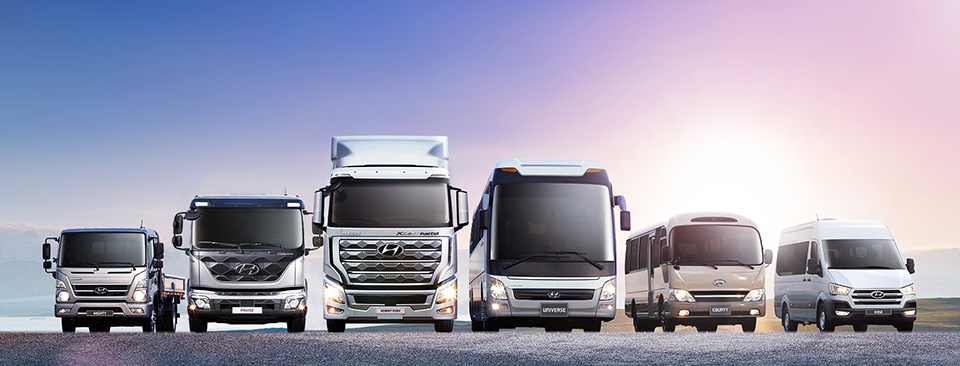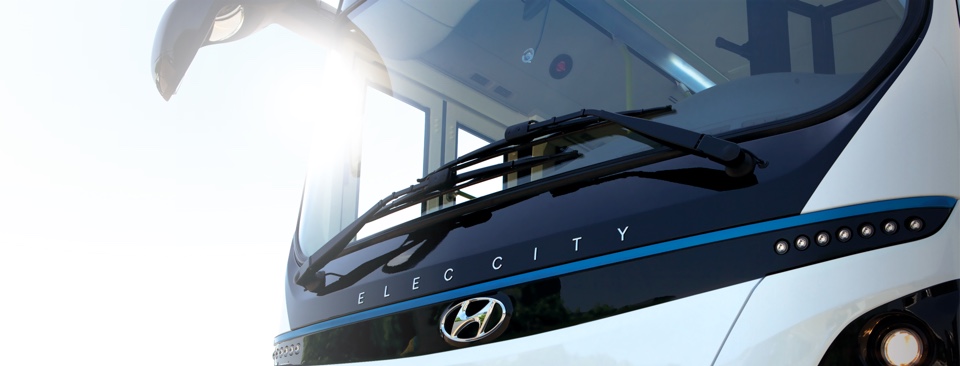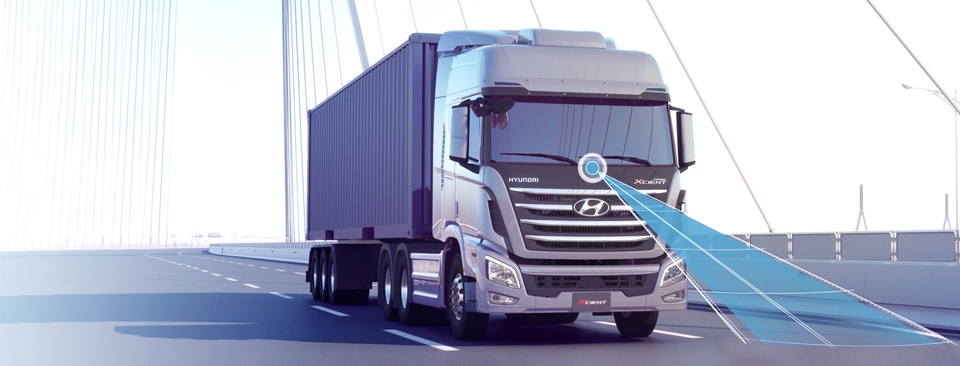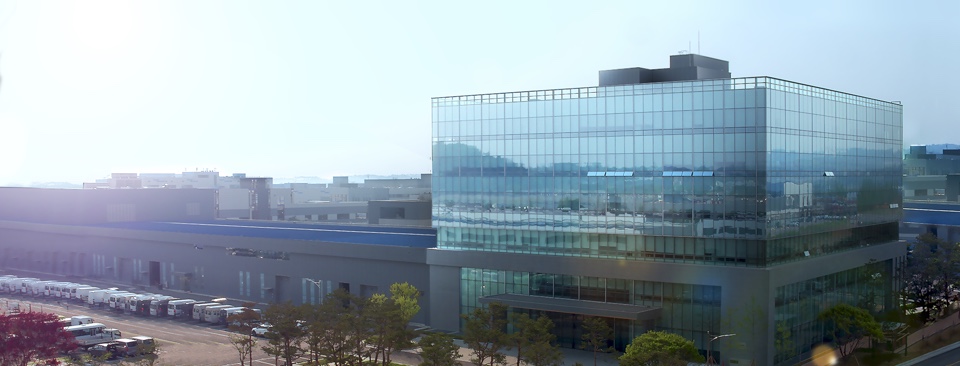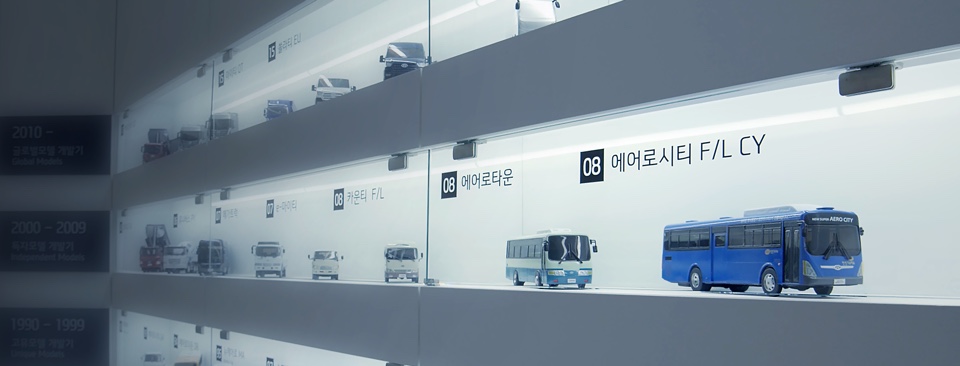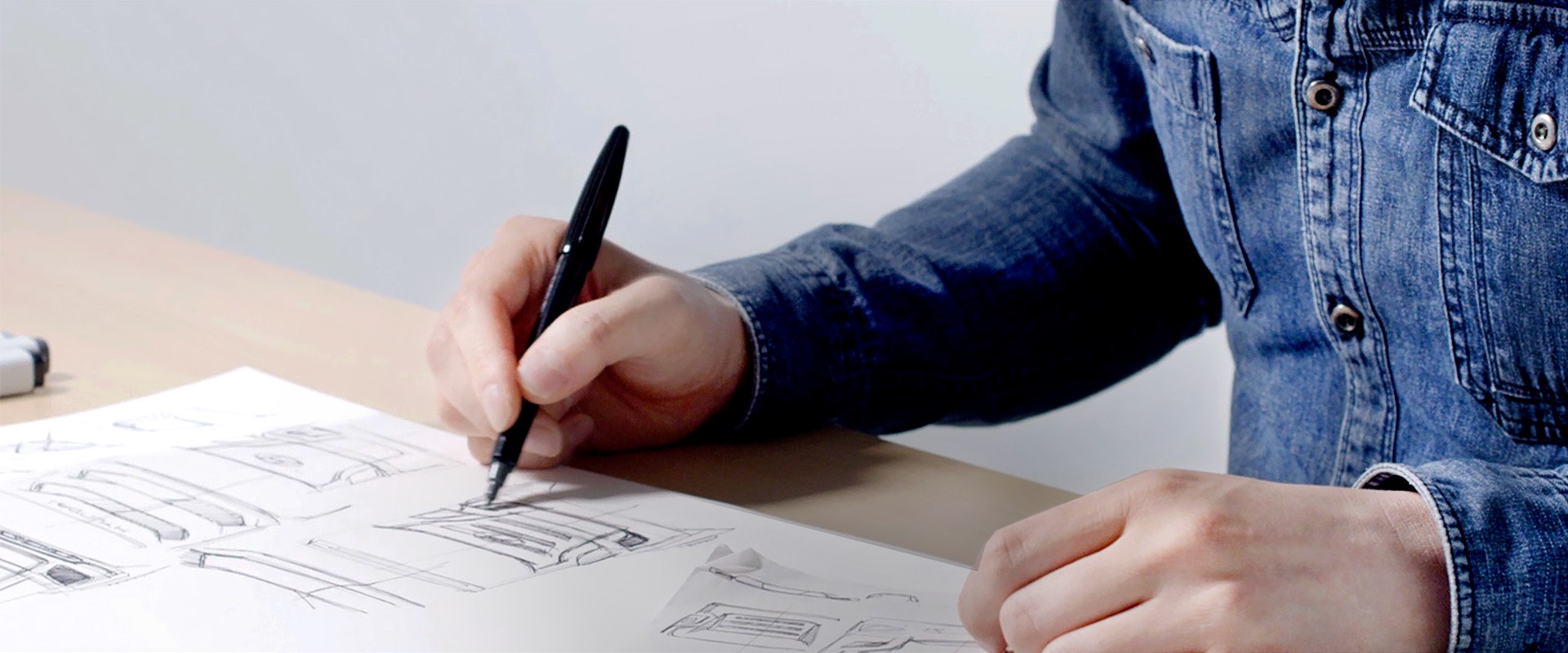
Design Process
Designing imagination with the utmost realistic passion
Brand Design Process
Any creative director’s principle for creative endeavor would be: “Simple, simple, and simple.” Likewise, the essence of all great creative products is “simplicity.” The same principle applies to cars. All the steady-selling vehicles, which have had a loyal fan base for a long time, start from a simple motif, which enables the people to grasp the car’s trait immediately.
However, simplicity in design doesn’t necessarily mean simplicity in the process of development. Hyundai Motor design involves the designers rearranging and modifying more than 25,000 complex components several times in their minds. Such wholesome dedication and passion have now become the engine and the starting point of an automotive design, which has brought the consumers’ imagination into reality.
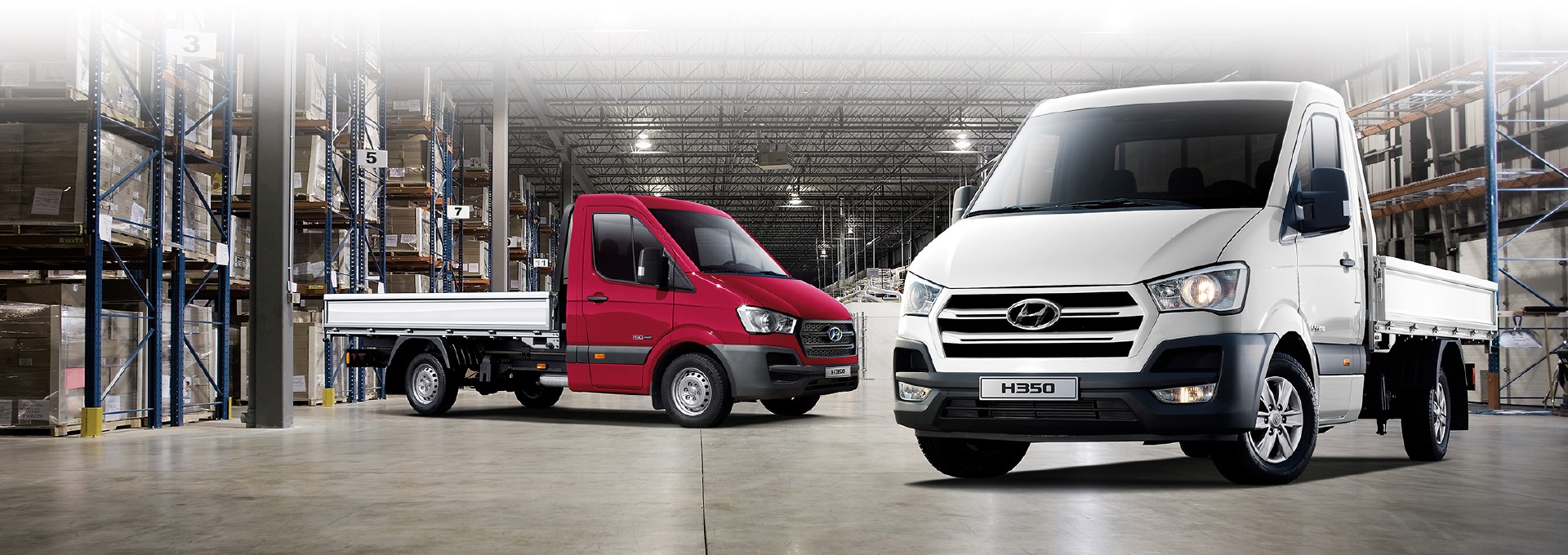
Areas
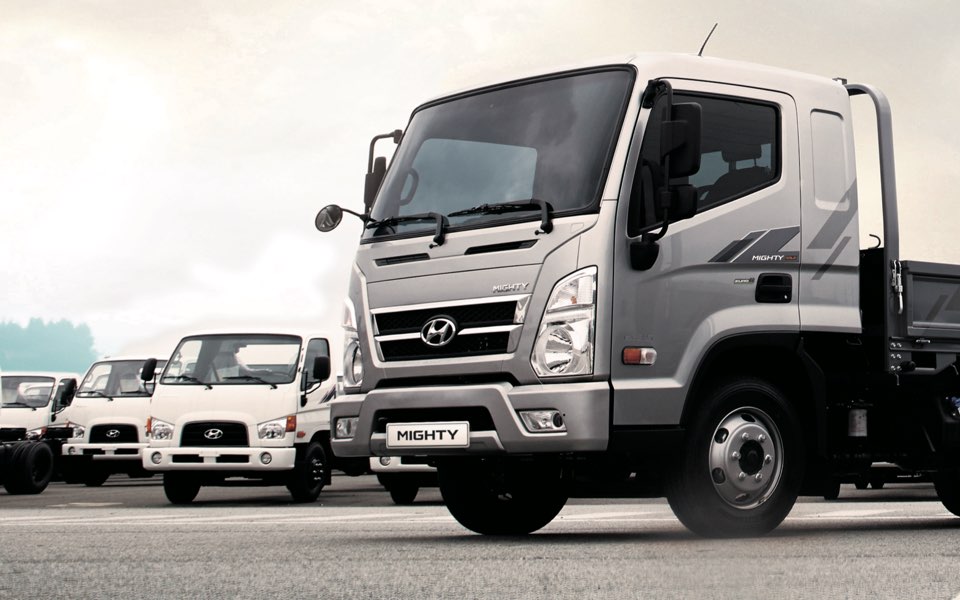
Exterior Design
The exterior design creates the car’s unique identity and persona. Exterior design is the process of research-induced design concept materializing into the exterior of a car—in other words, the car body—through the basic idea sketches, rendering, clay modeling, and prototype production.

Interior Design
The interior design focuses on ergonomics to provide comfort and coziness to the riders, ultimately to satisfy the consumer’s sophisticated tastes and preferences. It works at making the riders feel at home.
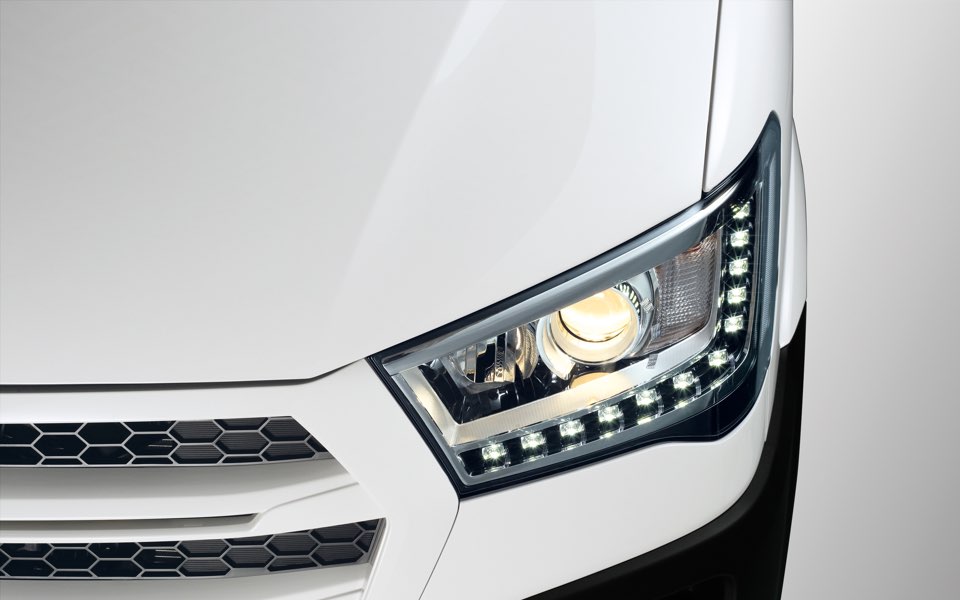
Detail Design
The automotive designers engage in a high level of sophisticated work for every design element such as lamp model, grill, and mirror.
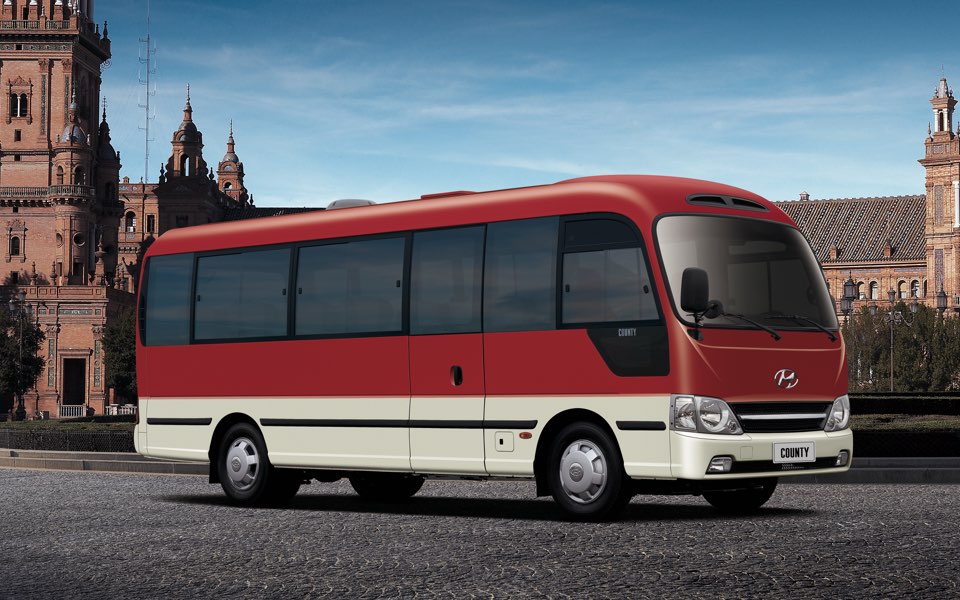
Color Design
With the automotive color design that completes the design of a vehicle, the designers combine thousands of colors and arrive at the perfect harmony of every element from glossing and pattern to form and surface texture so that the vehicle would have vitality and a trendy image.
Moving beyond the numbers and text imagination brought into reality
Hyundai Motor takes about a year and a half to two years of time to complete an automotive design from the first sketch to the final decision. When compared to other brands, the total time spent may be short; but, it is important that the company does not compromise on perfection and quality in order to keep up the speed. There is a given guideline—mostly with numbers and text—for the process of designing, but Hyundai Motor’s imagination is not confined by the guideline.
From the initial stage of the design, Hyundai Motor unceasingly studies the consumer needs. What’s more, to discover needs that even a consumer is not consciously aware of, Hyundai Motor takes out time to engage in dreaming and imagining; this is because Hyundai Motor’s hope is to “create new trends” in the automotive market, not to “chase after” the existing trends.

Process 1 : Design Planning
Every part of life becomes the inspirational thought for design
It is not that difficult to find out the trend that is preferred at the “very present,” but it is not so easy to spot the trend that will be loved in the “present and upcoming future.” While this process is an area of mere analysis based upon rationales and numbers, the next phase of development is about emotions, inspiration, creativity, and intuition. Hyundai’s automotive designers get inspiration from all the elements that constitute their surroundings. For example, the new Tucson’s exterior displays a strong silhouette, which was inspired by the sports called “parkour,” a training discipline that involves running and climbing from one point to another in a complex, urban environment. The beautiful lines of Tucson’s interior were inspired by the leading architect Eero Saarinen’s TWA terminal at JFK Airport.

Process 2 : Sketch and Rendering
The moment where numbers, emotions, and text are all visualized into one drawing
Based on the concept that has been established at the planning stage, various idea sketches and rendering help a more specific formation. With this formation founded as the outline, the exterior design would be made into a clay model mock-up that is ¼ of the size of the real car. In addition, for the interior design, the concept is developed into a virtual model by using 3-D modeling software. The wide range of designs made at the design centers worldwide will be evaluated by the consumers around the world, starting from Korea. Of course, prior to this stage, all the designs are trimmed so that they comply with Hyundai Motor’s consistent design philosophy.

Process 3: Computer Aided Styling (CAS) Production and Video Evaluation
Only the “best” singled out from numerous “possibilities”
Computer aided styling (CAS) is the process of actualizing the sketches into three-dimensional formations, followed by revision and improvement work on the detailed design. Next, the three-dimensional digital form undergoes a technology-related review. Afterwards, with the help of virtual reality technology, various digital model cars that are similar to real cars are introduced. Based on this, a video evaluation is conducted. In this stage, specific directions are reviewed and details are checked before Hyundai’s designers come up with the final design product.

Process 4 : 1:1 Clay Model Production
A process of building the realistic physique on the old-held “imagination”
Prior to the actualization of a design concept, a 1:1 size clay model that represents the real model is developed. The industrial clay is easily scraped, so the designers can shape it as finely as if they were making a sculpture. In this process, the designers can freely express and revise the car design. In addition, the interior design can be actualized into real one, so that the texture, feeling and smell can all be sensed. However, the clay modeling is somewhat complex in developing and is time-consuming; for this reason, many auto brands omit this stage and replace it with “virtual” and “simulation” models. But, the shortcoming of skipping this stage is that it would not be possible to see the lines, shadows, and feeling of the overall exterior. For this reason, this stage is very critical at Hyundai Motor since we are oriented towards the highest levels of human touch and emotional involvement.

Process 5: Emotional Design and Color Design
Adding an exclamation mark to the design and finishing it with a period
Now, we have come to the final stage of the automotive design. We offer a grand new emotion that the consumers can see, smell, touch, and feel. We place values in order in a car so that the consumers can enjoy. For the coloring part, which completes the feel of a car, Hyundai designers combine thousands of colors and harmonize luster, pattern, forms, and texture; they challenge themselves until the optimal color comes out. Only then would Hyundai Motor put a period to the design before it offers its newest car to the consumers.
